So you’ve set up a blog for your small business and are keeping it updated with new content regularly, but it doesn’t seem to be getting much organic traffic. What gives? One reason could be a lack of search engine optimisation (SEO). The Balance defines SEO as “the art and science of making web pages attractive to search engines.” This means that the odds of your blog ranking highly in someone’s search results increase the better your blog’s SEO. In that case, you could probably use some basic SEO tips to get you started!💡
While larger businesses may hire a dedicated SEO expert due to the complex nature of the field, small businesses can still implement a number of techniques in order to improve their blog’s SEO. Check out these 6 SEO tips and tools to find out what they are.
1. Identify and use relevant keywords
Keywords are what potential customers are searching for on the web. Identifying these keywords through research is the first step towards improved SEO. For many small businesses, this is a combination of location and offerings.
Tools such as SEMrush or Serpstat will tell you what keywords your blog is visible for, while tools like ubersuggest and keywordtool.io can help identify new keywords. Once you’ve identified keywords relevant to your small business, it’s time to use them to optimise your page.
2. Optimise pages
Using the identified keywords, you can now optimise your page by including them in the page title, headline and body in a way that is natural and not at the expense of readability. You’ll also need to ensure that the page is properly formatted using the correct header tags, that the subheadings include keywords and that they give an overview of the blog post. Finally, you’ll need to make sure that images include keywords in their filenames and the alternative text field is short, descriptive and keyword-rich.
3. Build relevant links
Having other sites link to your content is important if you want your blog to rank highly in search results, as search engines such as Google use these links to determine the importance of your content. Generating backlinks can be tricky, but there are a few simple methods you can follow.
These include listing your blog on credible directory websites, examining the backlinks of your competitors using tools such as Ahrefs’ Backlink Checker and through the use of existing relationships with suppliers or customers. Linking to other blogs that you mention in your own blog may also result in them linking back to you.
Blogs helps you amply your tone and voice as the company. Share more insights of the work you do. https://t.co/mnA8hoLqNN
— A Thought Leader (@ratiba_mohale) October 26, 2020
4. Set up tools to monitor and improve your content
There are many tools that can help you to monitor your blog and generate reports, allowing you to adjust and improve your content in order to improve search result ranking. Here we share three popular tools to improve your blog’s SEO:
- Google Analytics tracks your blog’s traffic giving you an overview of the number of visitors it has as well as what content they visit.
- Google Search Console helps you monitor and optimise your site’s performance in search results, by showing you exactly how often they crawl your site and what they think it’s about, while also giving you tips on what you can do in areas they are having problems with.
- Bing Webmaster Tools is a similar tool-set developed by Microsoft to help you monitor your performance in their search results.
5. Use short and sensible URLs
On the more technical side, ensuring that your blog’s URLs are readable is an important step in SEO. Most blogging tools make it easy for you to create your own URL instead of an unreadable, auto-generated one.
Short, readable URLs containing keywords are an easy way to do so.
6. Optimise your blog for search engines
Your blog has to appeal to both search engines and humans, which means you need to take two different needs into consideration. Meeting the needs of search engine bots that crawl your website and add it to their index is a technical endeavour and should be done by a professional. They include ensuring your blog has a fast load-time, is mobile-friendly, using an SSL certificate, creating sitemaps, using a robots.txt file, and linking internally between relevant posts.
While SEO might seem daunting, the basics are easy to pick up and will put your blog ahead of others, since SEO is not implemented well by many. Following the six SEO tips listed above will increase your rankings over time, making it the best way of driving organic traffic to your blog – and ensuring that proper SEO is implemented every time you post, will also make it easier over time.


